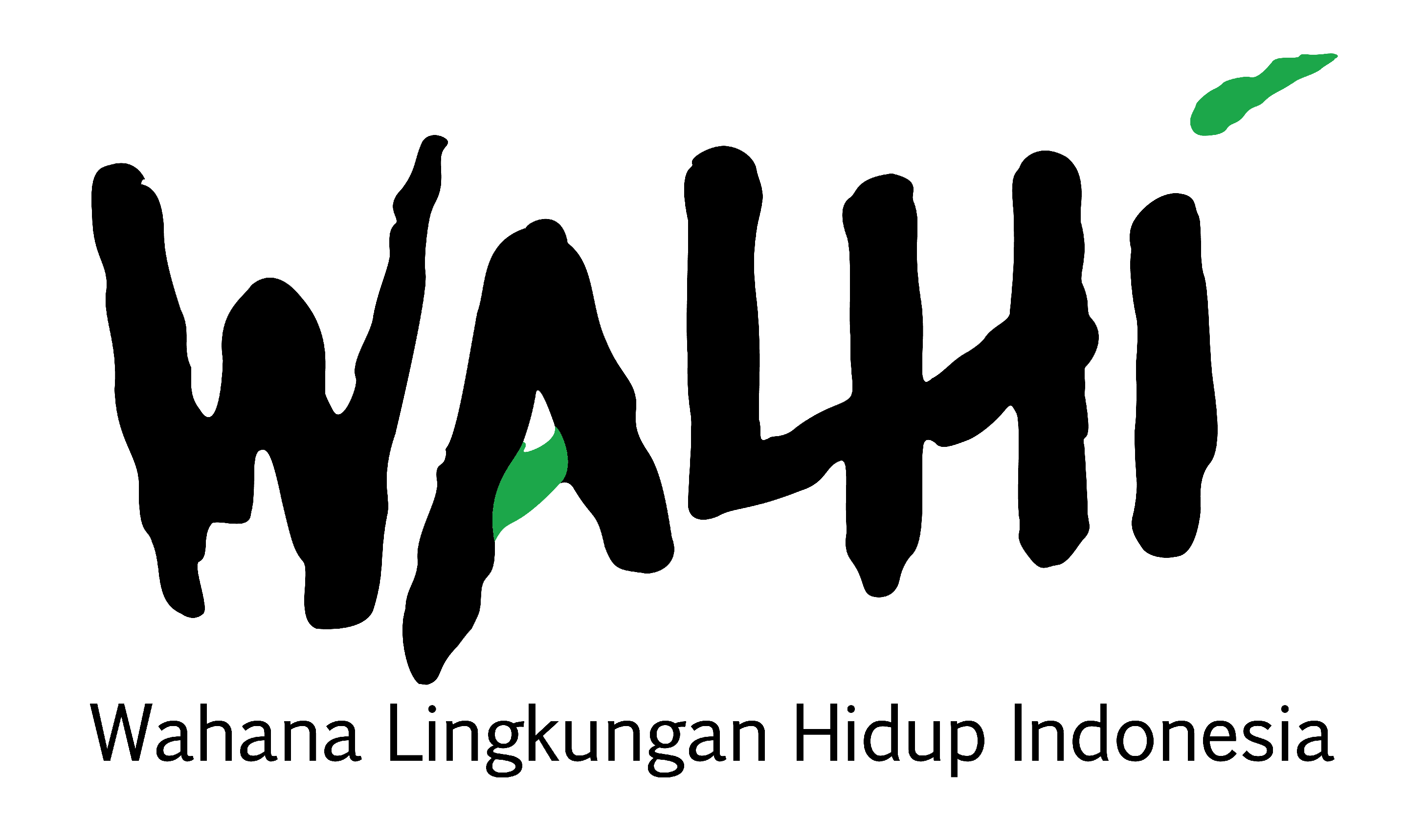Following the Paris Treaty ratified through Law Number 16 of 2016, the next big work for the government is how to create a road map of decreasing emission in several sectors contributing to emission in accordance with the commitment stated by President Joko Widodo: 29% is self-effort and 41% is international aid in 2030. Such commitment is defined in the National Determined Contribution (NDC) Indonesia. The five sector categories with decreasing emission proportion are: forestry 17.2%; energy 11%; agriculture 0.32%; industry 0.10% and waste 0.38%. The Workshop on Climate Justice in Climate Change Adaptation and Mitigation Policy for Energy Sector was conducted on Monday, 11 September 2017, at 09.00-15.00, located at Ke:Kini Ruang Bersama. The participants were WALHI Regional Executive, Civil Society Organization in national level working on energy and climate change issues. In order to achieve the target of decreasing emission in each sector, NDC shall be derived into national action plan by emphasizing in some provinces producing the most emission, in particular for forestry and energy sectors. In this context, it is necessary to design a road map and action plan leading to development with low carbon for national and regional development planning, especially in some provinces producing the most emission. In energy sector, a 35,000 megawatt program to fulfill national energy is still dominated by the use of coal.
Coal production is targeted to be limited for only 400 million tons per year in 2019 with the assumption that 60% of it will be used for national energy needs; this condition, however, is not very synergistic with the target of decreasing emission in energy sector because regardless the fact that coal production is not fully to be exported, the increasing use of coal domestically will increase the emission howsoever. Another strategic matter is vulnerability study that shall be the basis in determining priority for national and regional development. The central government through the Ministry of Environment and Forestry has designed the Data Information System on Vulnerability Index (SIDIK) that can be used as the basis for adaptation and mitigation action plan nationally and regionally. A broader perspective is necessary in response to a climate change, so it will not only considered as an effort to decrease the emission, but also about safety and resilience of the people in facing such climate change which shall be the main stream of the policy design on climate change adaptation and mitigation. The existing mitigation and adaptation model practiced by the people through forest and peat land governance sustainably, small-scaled agriculture model along with its agro ecology system and community-based clean energy management have not yet included in the action plan of climate change adaptation and mitigation both nationally and regionally. Strategic effort in dealing with adverse impact of climate change shall be carried out with regards to COP23 that will be held in November this year in Bonn. In addition, local government shall integrate local policy that puts the safety of the people and in accordance to the target of decreasing national emission.


